School Sōtō Successor Kōshō Uchiyama | Nationality Japanese | |
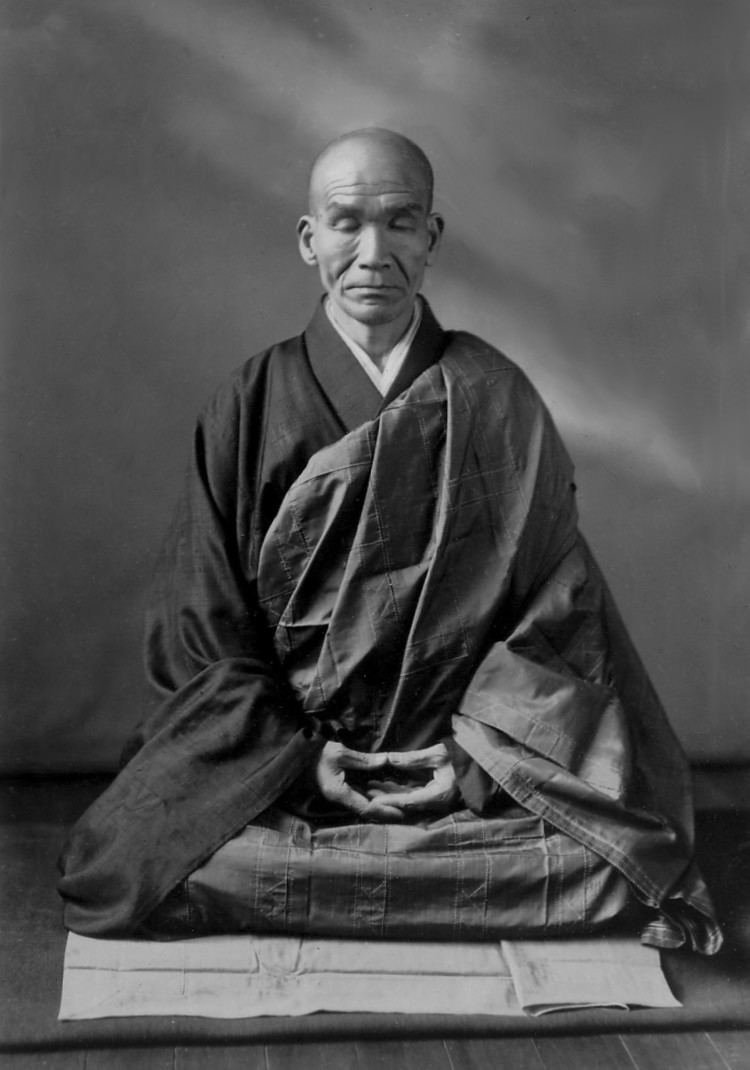 | ||
Born June 16, 1880Tsu, Mie, Japan ( 1880-06-16 ) Books Commentary on the Song of Awakening: A Twentieth-Century Japanese Zen Master's Commentary on Shodoko, the Poem by the Chinese Ch'an Master Yung-chia Hsuan-chueh (Yoka Genkaku) Similar Taisen Deshimaru, Kōshō Uchiyama, Shōhaku Okumura | ||
Kodo Sawaki (沢木 興道, Sawaki Kōdō, June 16, 1880 - December 21, 1965) was a prominent Japanese Sōtō Zen teacher of the 20th century. He is considered to be one of the most significant Zen priests of his time for bringing Zen practice into the lives of laypeople and popularizing the ancient tradition of sewing the kesa. Peter Sloterdijk has called him "one of the most striking Zen masters of recent times."
Contents

Biography
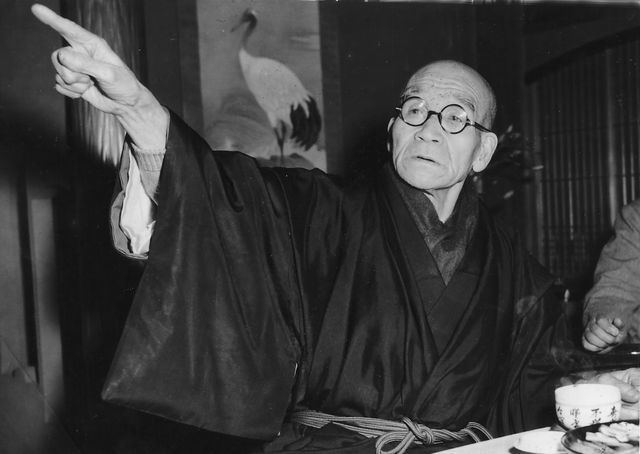
Sawaki was born in Tsu, Mie on June 16, 1880. He was the sixth child and both his parents died when he was young, his mother when he was four and his father three years later. Sawaki was then was adopted by an aunt whose husband soon died. After this, Sawaki was raised by a gambler and lantern maker named Bunkichi Sawaki.

When he was 16, he ran away from home to become a monk at Eihei-ji, one of the two head temples of the Sōtō Zen sect, and later traveled to Soshin-ji where he was ordained in 1899 by Koho Sawada. However, he was drafted to serve in the Imperial Japanese Army during the Russo-Japanese War of 1904-1905 to minister to the wounded.
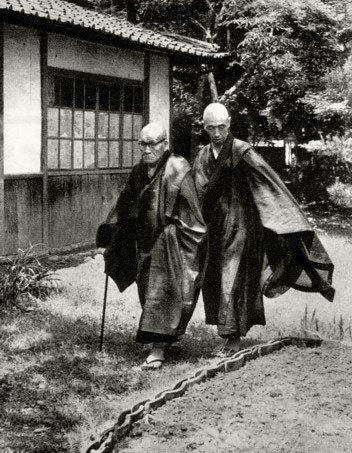
After being discharged in 1906, Sawaki became head student at Soshin-ji. He received dharma transmission later that year from Zenko Sawada. He then studied Shin Buddhism in Takada for two years. From there, Sawaki traveled to Hōryū-ji to study Yogacara with Join Saeki. At this point, Sawaki began studying Dogen and practicing zazen. Sawaki spent a three-month practice period studying Dogen with Oka Sotan.

He later became a Zen teacher, and during the 1930s he served as a professor at Komazawa University. In 1949, he took responsibility for Antai-ji, a zen temple in northern Kyoto. Because of his regular travels throughout Japan to teach zen, and against tradition his not becoming a conventional abbot of a home temple, he came to be known as "Homeless Kodo" ("homeless" in the Japanese referring more to his lack of a temple than a residence). Sawaki died on December 21, 1965, at Antaiji. He was succeeded by a senior disciple, Kosho Uchiyama.
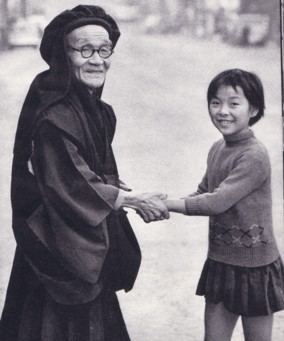
He is known for his rigorous emphasis on zazen, in particular the practice of shikantaza, or "just sitting". He often called Zen "wonderfully useless," discouraging any gaining idea or seeking after special experiences or states of consciousness.
Dharma transmission to

Though Sawaki ordained many monks and nuns, only five monks and three nuns received Dharma Transmission (Shihō) from Sawaki:
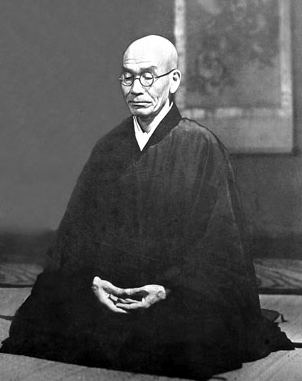
Influential students
Other influential students of Sawaki who did not receive Dharma transmission from him are:
